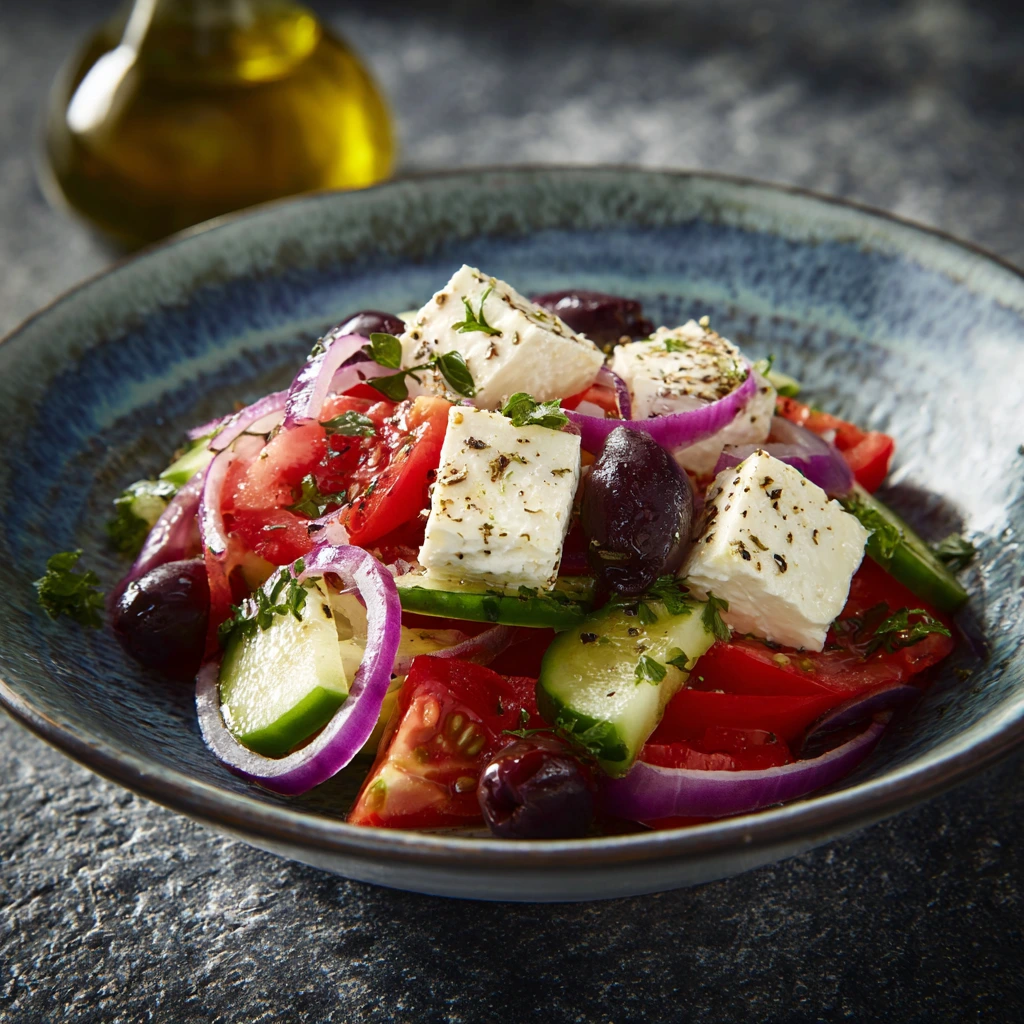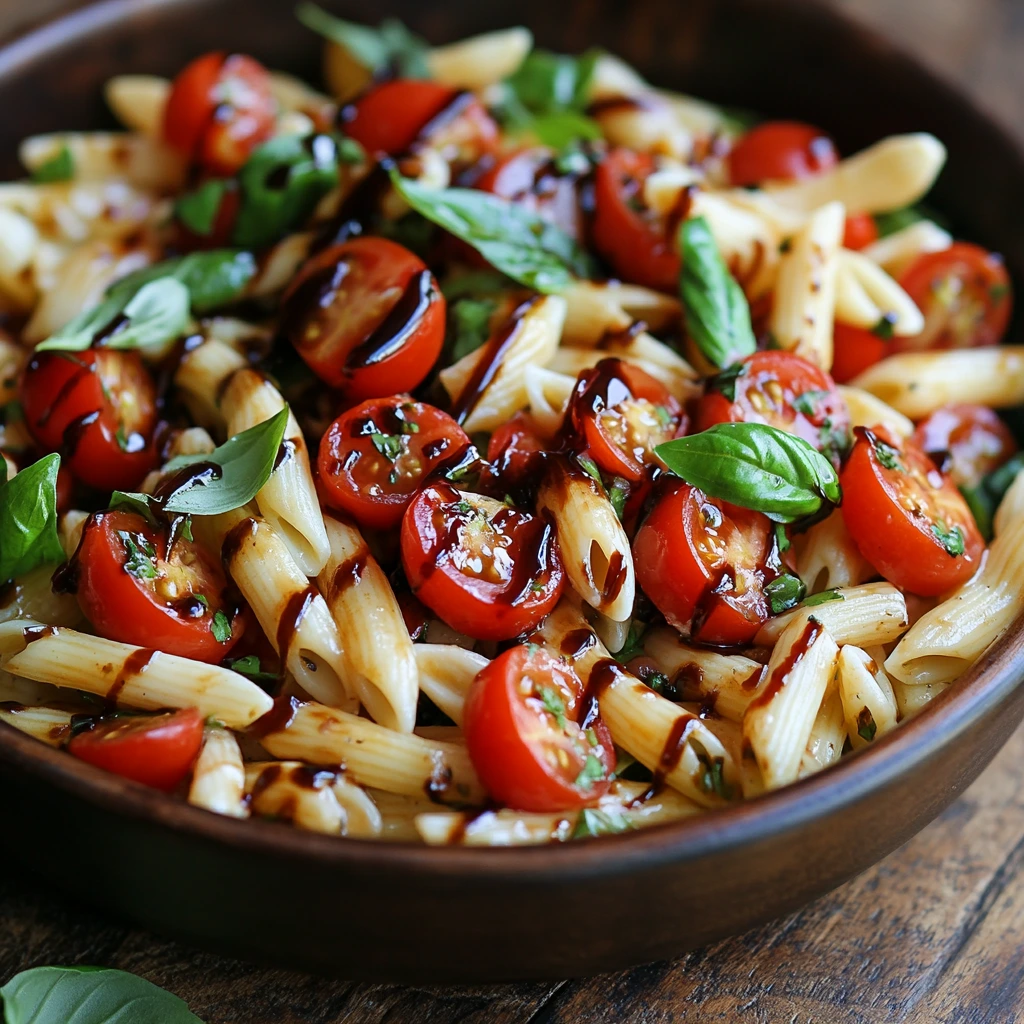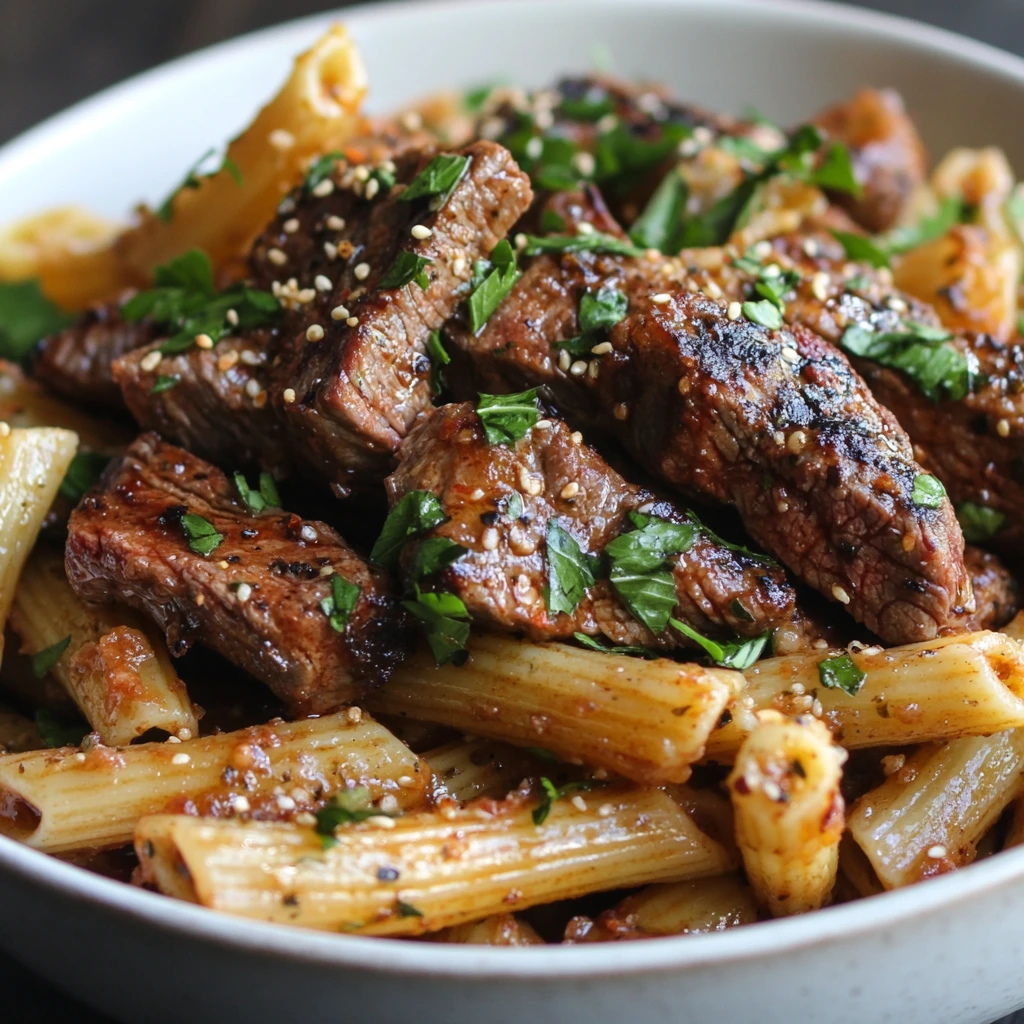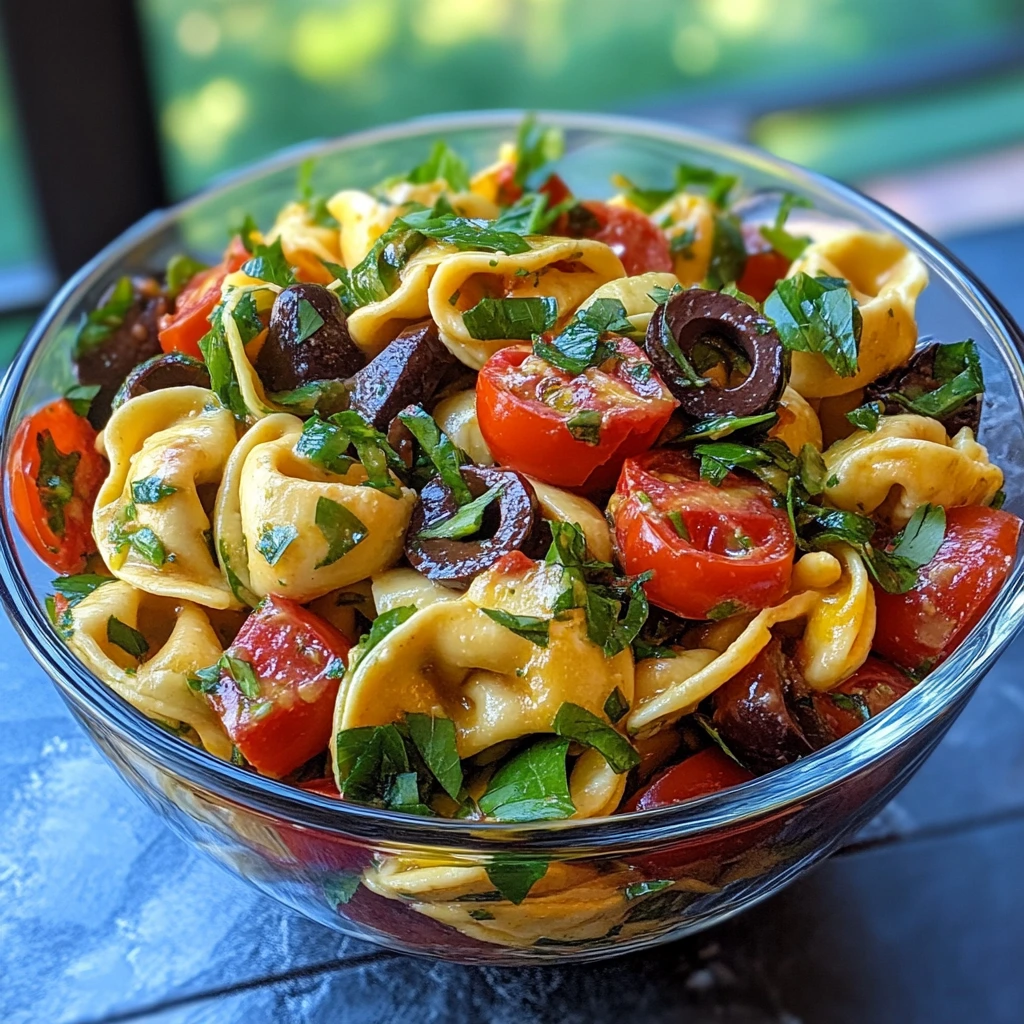When the sun is shining, the air is warm, and your appetite leans toward something refreshing and light, there is one dish that stands out above all others:Perfect Greek Salad. A staple of Mediterranean cuisine, Greek Salad is not just a meal—it’s a celebration of vibrant vegetables, creamy feta cheese, and the flavors of olive oil and herbs. It perfectly captures the spirit of summer, making it one of the best seasonal dishes to enjoy when the days are long and the evenings are meant for gatherings with family and friends.
In this article, we’ll explore everything about Greek Salad: its origins, traditional ingredients, step-by-step preparation, variations you can try, health benefits, and tips for serving it as part of your summer menu. Whether you’re hosting a backyard barbecue, planning a picnic at the beach, or simply preparing a quick meal at home, Greek Salad will be your go-to dish all summer long.
Why Greek Salad Is the Ultimate Summer Food
The word summer immediately brings to mind freshness, sunshine, and simplicity. Greek Salad embodies all of these qualities:
-
Cool and Refreshing – Crisp cucumbers, juicy tomatoes, and briny olives bring relief during hot weather.
-
Nutritious and Light – Packed with vitamins, antioxidants, and healthy fats, it keeps you energized without weighing you down.
-
Easy and Quick – No cooking required! In less than 15 minutes, you can have a delicious dish on the table.
-
Versatile – Serve it as a side, main, or even as a topping for grilled meats.
-
Seasonal Appeal – Summer is the best time to make Greek Salad because tomatoes, cucumbers, and peppers are at their peak flavor.
When you think of the Mediterranean lifestyle—warm evenings, al fresco dining, laughter, and shared meals—it’s impossible not to associate it with the flavors of Greek Salad.
Ingredients for an Authentic
Perfect Greek Salad
The traditional Greek Salad, known in Greece as Horiatiki Salata (village salad), relies on fresh, simple, high-quality ingredients. Here’s what you’ll need:
-
Tomatoes (4–5 medium, ripe, and juicy)
-
Cucumbers (1 large or 2 small, peeled if desired, sliced into half-moons)
-
Red onion (1 medium, thinly sliced)
-
Green bell pepper (1 large, cut into thin rings)
-
Kalamata olives (about 1 cup, whole or pitted)
-
Feta cheese (200 g block, cut into slabs—not crumbled)
-
Extra virgin olive oil (1/3 cup, preferably Greek)
-
Red wine vinegar (1–2 tablespoons)
-
Dried oregano (1 teaspoon, Greek oregano if available)
-
Sea salt and black pepper (to taste)
Optional additions:
-
Capers
-
Fresh herbs like parsley or mint
-
Lemon juice for extra zest
Required Kitchen Tools
One of the reasons Greek Salad is perfect for summer is that it doesn’t require heavy equipment or long prep times. Here’s what you’ll need:
-
Cutting board
-
Sharp knife
-
Large mixing bowl
-
Salad tongs or serving spoon
-
Small jar or bowl for mixing dressing (optional)
That’s it! Simple tools for a simple yet flavorful dish.
Step-by-Step Preparation of Greek Salad
Step 1: Prepare the Vegetables
-
Wash all vegetables thoroughly.
-
Slice the tomatoes into wedges.
-
Cut cucumbers into half-moon slices.
-
Thinly slice the red onion.
-
Slice the green bell pepper into rings.
Step 2: Combine in a Bowl
Place all prepared vegetables in a large mixing bowl. Toss gently to mix but avoid over-stirring, as tomatoes can become mushy.
Step 3: Add the Olives
Scatter Kalamata olives over the vegetables. They provide a briny, salty contrast to the freshness of the salad.
Step 4: Add Feta Cheese
Traditionally, feta is not crumbled but placed on top in large slabs. This makes for a beautiful presentation and allows each diner to break off as much as they like.
Step 5: Dress the Salad
Drizzle generously with extra virgin olive oil. Add red wine vinegar, sprinkle dried oregano, and season with sea salt and pepper.
Step 6: Serve Immediately
Greek Salad is best enjoyed fresh, right after preparation, while the vegetables are crisp and vibrant.
Helpful Tips for Making the Perfect Greek Salad
-
Use the Freshest Ingredients – Since Greek Salad is raw, the quality of produce matters most. Summer is the perfect season for garden-fresh tomatoes and cucumbers.
-
Go for Authentic Feta – Greek feta made from sheep’s milk (or sheep and goat milk) has a richer flavor than generic cow’s milk feta.
-
Don’t Over-Dress – Olive oil should shine as the main dressing. Avoid heavy bottled dressings.
-
Serve with Bread – A slice of crusty bread is perfect for soaking up the juices and olive oil.
-
Chill, but Not Too Much – Serve salad slightly cool, but avoid refrigerating for too long as it dulls the flavors.
-
Experiment with Garnishes – Add capers, fresh herbs, or lemon zest for a twist while keeping the spirit of the dish.
Nutritional Benefits of Greek Salad
Greek Salad is not only delicious but also a nutritional powerhouse—perfect for those long summer days when you want energy without heaviness.
-
Tomatoes – Rich in lycopene, an antioxidant linked to heart health.
-
Cucumbers – Hydrating and low in calories.
-
Olives and Olive Oil – Packed with healthy monounsaturated fats.
-
Onions – Provide vitamins C and B6, plus beneficial compounds like quercetin.
-
Feta Cheese – A good source of protein and calcium, with less fat than many other cheeses.
Per serving (approximate):
-
Calories: 220
-
Fat: 18 g
-
Carbohydrates: 10 g
-
Protein: 6 g
-
Fiber: 3 g
Greek Salad and the Mediterranean Diet
One of the reasons Greek Salad is so beloved worldwide is its strong association with the Mediterranean diet. This way of eating is linked to improved heart health, longevity, and overall well-being. The salad embodies the principles of:
-
High consumption of vegetables
-
Use of olive oil as the main fat
-
Limited processed foods
-
Balanced intake of dairy (through feta)
-
Seasonal, fresh ingredients
Eating Greek Salad regularly during summer not only pleases your palate but also supports your health goals.
Variations of Greek Salad for Summer
While the traditional recipe is timeless, there are fun variations you can try:
-
Watermelon Greek Salad – Add cubes of watermelon for extra sweetness and hydration. Perfect for hot summer afternoons.
-
Quinoa Greek Salad – Mix in cooked quinoa for added protein and a filling summer lunch.
-
Grilled Greek Salad – Lightly grill peppers, onions, or even halved tomatoes for a smoky twist.
-
Greek Pasta Salad – Toss the classic ingredients with cooked pasta for a heartier dish at barbecues.
-
Greek Salad Wraps – Use pita bread to wrap salad ingredients for a portable summer snack.
Pairing Greek Salad with Summer Meals
Greek Salad pairs beautifully with other seasonal dishes:
-
Grilled meats – Chicken souvlaki, lamb skewers, or grilled fish.
-
Seafood dishes – Shrimp, calamari, or baked salmon.
-
Summer soups – Like gazpacho or chilled cucumber soup.
-
Flatbreads and dips – Hummus, tzatziki, or baba ganoush.
-
Light wines – Crisp white wines or rosé complement the salad’s freshness.
Whether as a starter, side, or main dish, Greek Salad fits effortlessly into your summer menu.
Hosting a Summer Party with Greek Salad
If you’re planning a summer gathering, Greek Salad should absolutely be on your menu. Here’s how to make it a star dish:
-
Prepare a large batch in advance and add feta and dressing right before serving.
-
Serve it in a colorful bowl to highlight the vibrant vegetables.
-
Offer bread and dips on the side for guests to enjoy.
-
Pair it with grilled foods for a balanced, Mediterranean-inspired spread.
The simplicity and freshness of Greek Salad ensure it will appeal to everyone, from kids to adults.
Why Greek Salad Belongs in Every Summer Kitchen
Greek Salad is more than just food—it’s an experience. It captures the essence of summer:
-
Sun-ripened vegetables that taste like sunshine.
-
Olive oil that reflects the heart of the Mediterranean.
-
A balance of flavors that refresh and nourish.
Adding Greek Salad to your weekly menu in summer is an easy way to enjoy a healthier, lighter, and more vibrant diet.
Conclusion
When it comes to dishes that represent the beauty of summer, Greek Salad is in a league of its own. Fresh, colorful, nutritious, and bursting with flavor, it’s a dish that fits any occasion—whether you’re dining alone, feeding your family, or entertaining friends. Its simplicity makes it accessible, while its taste makes it unforgettable.
So, next time you’re looking for a meal that embodies sunshine and warmth, head to your local market, grab some ripe tomatoes and cucumbers, and whip up an authentic Greek Salad. With every bite, you’ll feel the spirit of summer captured in a bowl.







